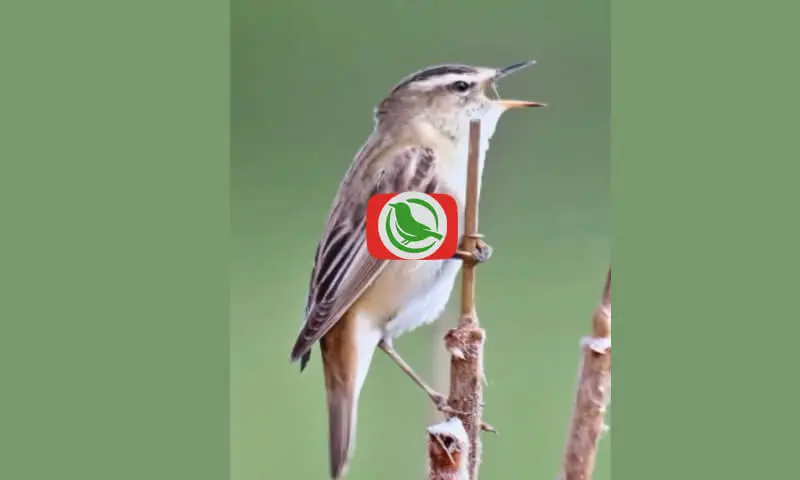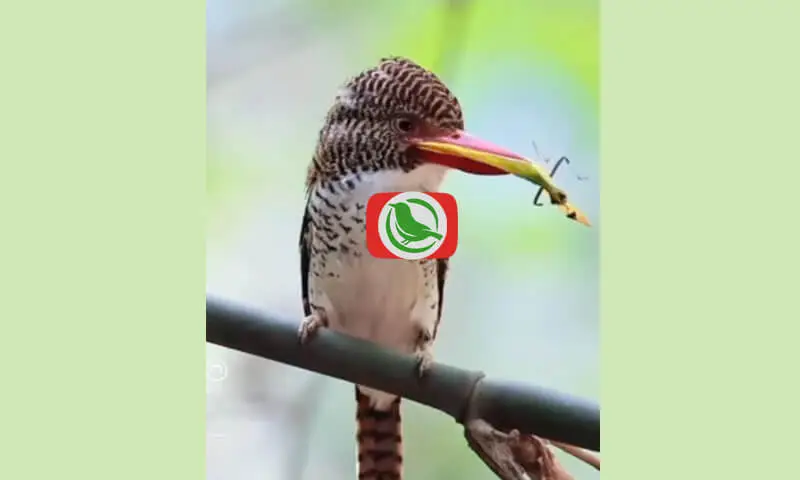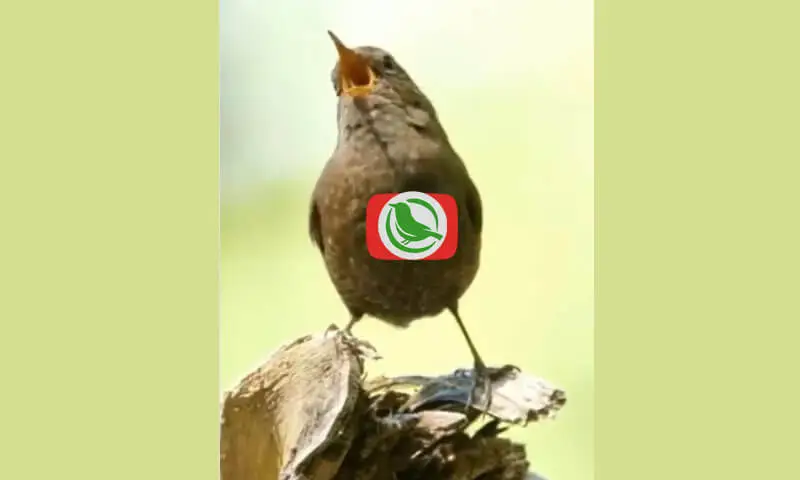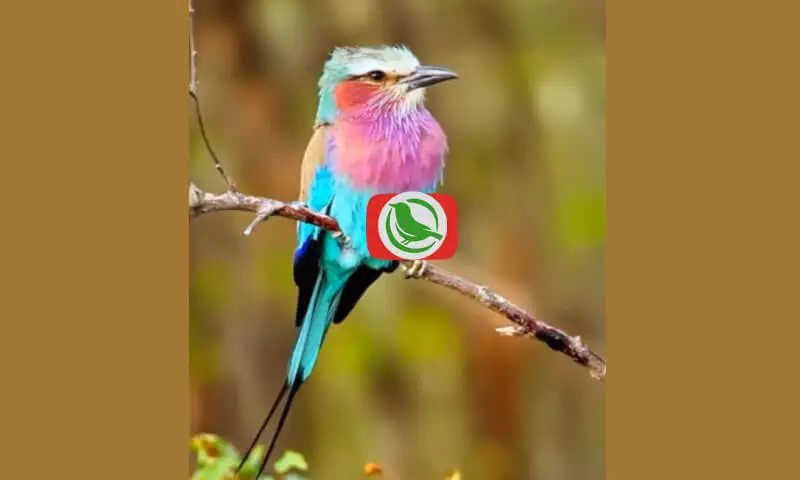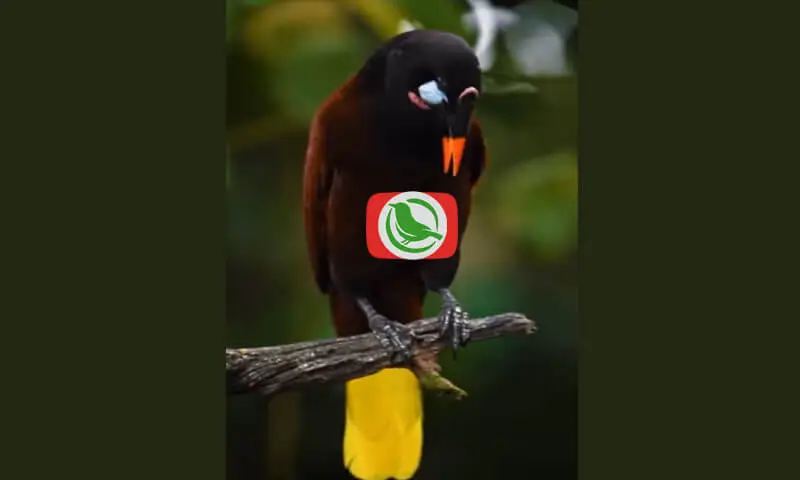The Sedge Warbler is one of the insectivorous bird species often found in marshy and wetland areas. This bird belongs to the Acrocephalidae family, known for its distinct calls and foraging habits in wet vegetation. This article will discuss the characteristics, habitat, and importance of the Sedge Warbler to the ecosystem.
Physical Characteristics of the Sedge Warbler
The Sedge Warbler has physical traits that make it easy to identify in the wild. This small bird measures about 12-13 cm in length and weighs around 10-15 grams. A notable characteristic of the Sedge Warbler is its yellow-brown plumage, with streaks on its back and wings.
Vocalization of the Sedge Warbler
The sound of the Sedge Warbler is also a distinctive feature that helps birdwatchers recognize it. The calls consist of a high, clear song often heard in the mornings and evenings. These sounds are frequently emitted from the dense vegetation of reeds or tall grasses near its habitat.
Habitat of the Sedge Warbler
The Sedge Warbler prefers to inhabit areas with tall vegetation and moist soil, such as marshes, lakes, and wetlands. Their natural habitat heavily relies on the presence of tall grasses, especially those growing around water bodies. Although more commonly found in Europe and northern Asia, Sedge Warblers can also migrate to warmer regions during winter.
Environmental Changes Impacting Habitat
With the increasing prevalence of climate change and human exploitation of nature, the habitat of the Sedge Warbler is threatened. Deforestation and wetland drainage can degrade the environmental quality necessary for the survival of this bird. Therefore, habitat conservation is crucial for the Sedge Warbler’s survival.
Role of the Sedge Warbler in the Ecosystem
The Sedge Warbler plays an important role in maintaining ecosystem balance. As an insectivorous bird, it helps control pest populations, particularly insects that damage aquatic plants and other vegetation. The presence of this bird contributes to the health of marsh and lake ecosystems.
Diet of the Sedge Warbler
The primary diet of the Sedge Warbler consists of small insects such as flies, crickets, and caterpillars found in wet vegetation. They often forage by flying low over water surfaces or grasses, capturing their prey with their claws or beaks. This diet provides them with sufficient energy for migration and reproduction.
Feeding Patterns During Migration
During migration season, the feeding patterns of the Sedge Warbler change slightly. They tend to seek out areas rich in food sources to prepare for long journeys to warmer regions. The nutrition obtained during migration is vital for their survival, especially when facing unpredictable weather.
Threats to the Sedge Warbler
Like many other bird species, the Sedge Warbler faces various threats, including habitat loss and hunting. Human activities such as land development and wetland drainage have led to a reduction in their living areas. Additionally, climate change affecting temperatures and weather patterns can disrupt their migration patterns.
Conservation Efforts to Protect the Sedge Warbler
Many conservation organizations focus on protecting the natural habitat of the Sedge Warbler. More sustainable wetland management, including the restoration of marsh and lake ecosystems, can help stabilize the bird population. Furthermore, educational campaigns aimed at the public are essential to raise awareness about the importance of preserving this species.
Conclusion
The Sedge Warbler (Acrocephalus schoenobaenus) is a bird that plays a critical role in the ecosystems of marshes and lakes. With its distinctive physical characteristics and specific habitat requirements, this bird continues to face threats from environmental changes. Therefore, conservation and habitat management are vital to protect this species and ensure its survival in the wild.
With increasing research and conservation efforts, it is hoped that the existence of the Sedge Warbler can be preserved and continue to benefit the balance of nature.
